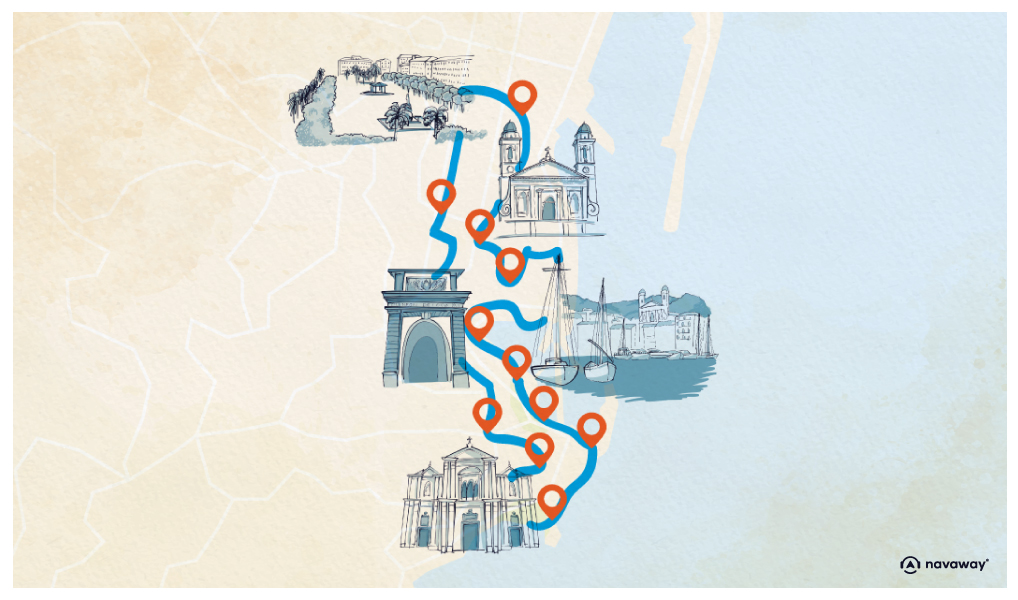
Notre-Dame Street

This point of interest is available as audio on the tour: Visit Bastia, The Pearl of the Island of Beauty
Rue Notre-Dame is one of the most historic streets in Bastia. Since the Citadel was built, this street has served as the main artery along the rocky promontory, connecting two of the city’s most important landmarks: Sainte-Marie Cathedral and the Governors’ Palace. Lined with traditional houses in soft colours, complete with shuttered windows, Rue Notre-Dame captures the spirit of this former fortified town. In Corsican, it’s known as Strada Dritta.
You’ll notice that street signs here are written in both Corsican and French, but the previous street you passed, Rue du Dragon, is a bit of an exception. In Corsican, it’s called U Tragone, which means “ravine,” not “dragon.” Due to a mistranslation, the name stuck, and today, it’s officially Rue du Dragon.
As you continue along Rue Notre-Dame, you’ll soon arrive at Place du Donjon. The final two buildings on this stretch, the red house on your left and the one directly across from it, are both steeped in history. On the left is Casa Zerbi, once the home of the vicar, the second most important figure after the governor. It also briefly housed the court of justice. Later, it was owned by the Centurione family, and then by Paulu Zerbi, a podestat, the title once given to the chief magistrate in many towns across Italy and southern France.
He turned it into the residence you see today, and the house still bears his name. Zerbi lived here in the 17th century. Facing it on the right is Casa Tagliacarne, the former home of the Tagliacarne family, and in particular Antonio Tagliacarne, Bastia’s first podestat, appointed in 1488. He played a key role in the development of the Terra Nova district, where you’re standing now.
The house was once nicknamed A Casetta, or “the little house,” because it was originally much smaller than it is today. It even served as Bastia’s town hall for some time and hosted the city council. As you reach Place du Donjon, you’ll have a perfect view of both façades.
Rue Notre-Dame was the most important street for the Genoese, and today, it remains a favourite for visitors keen to walk through seven centuries of Bastia’s layered and fascinating history.

Discover other tours to visit Bastia
-
Visit Bastia
Governors’ Palace

Discover Bastia with app
An interactive guide through the most beautiful streets, squares, and districts
21 fun audioguides full of historical facts, anecdotes, and legends
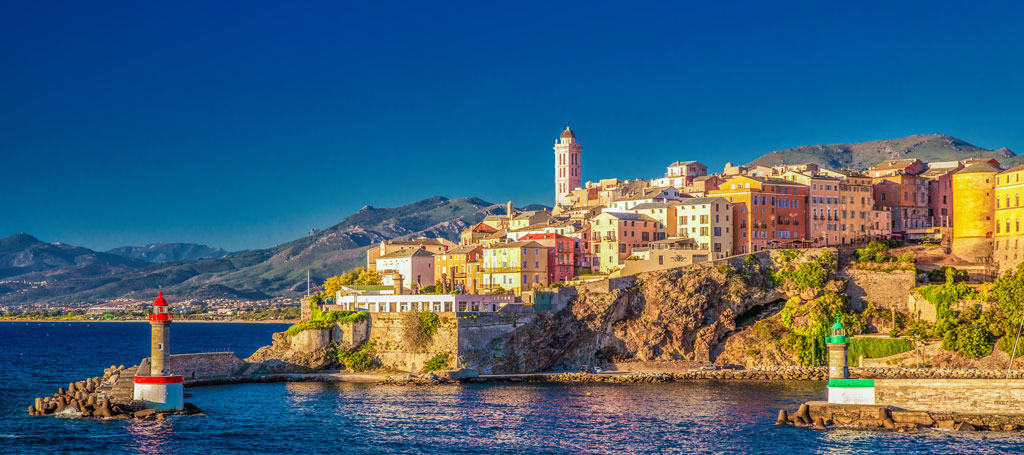
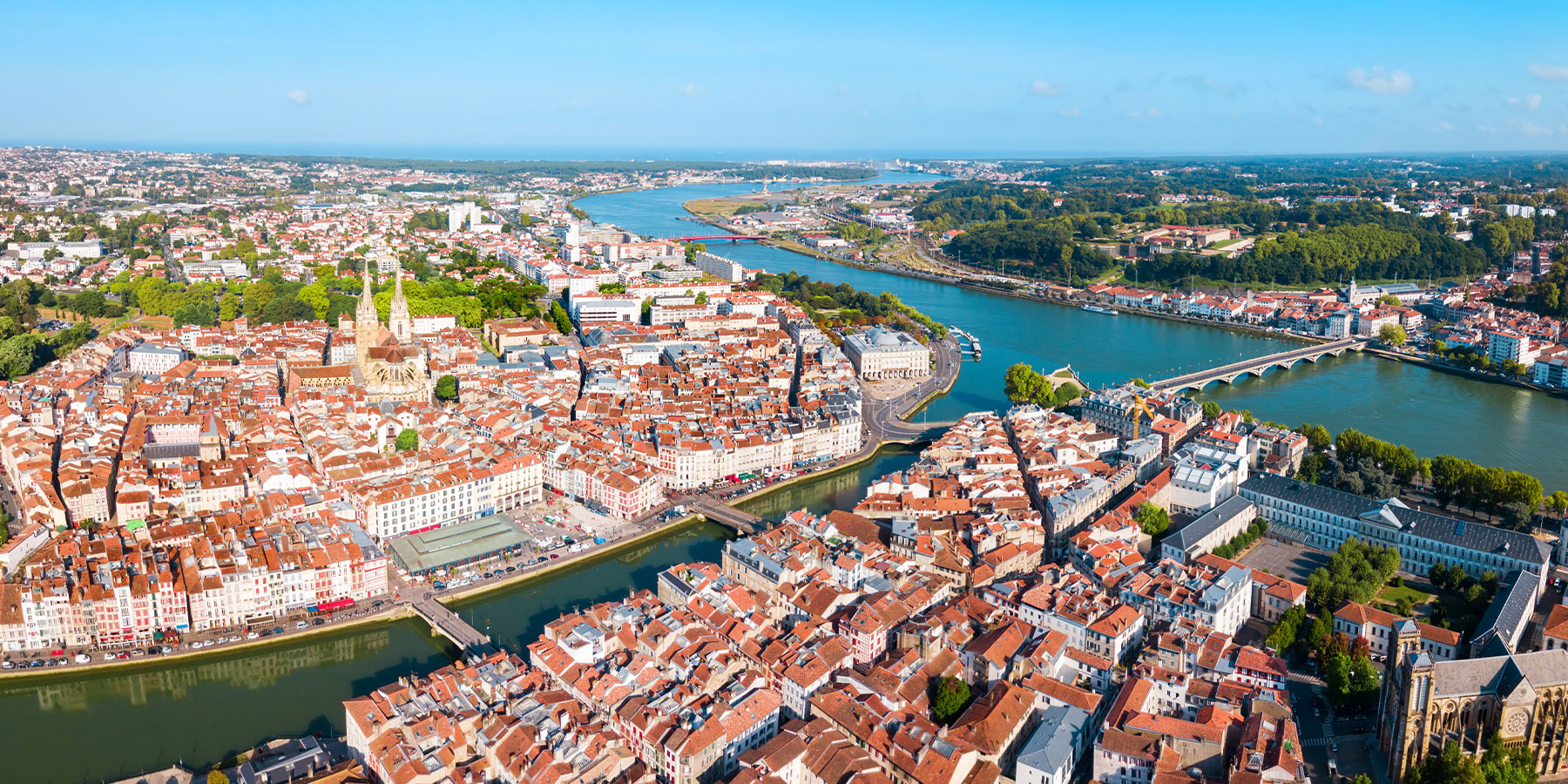
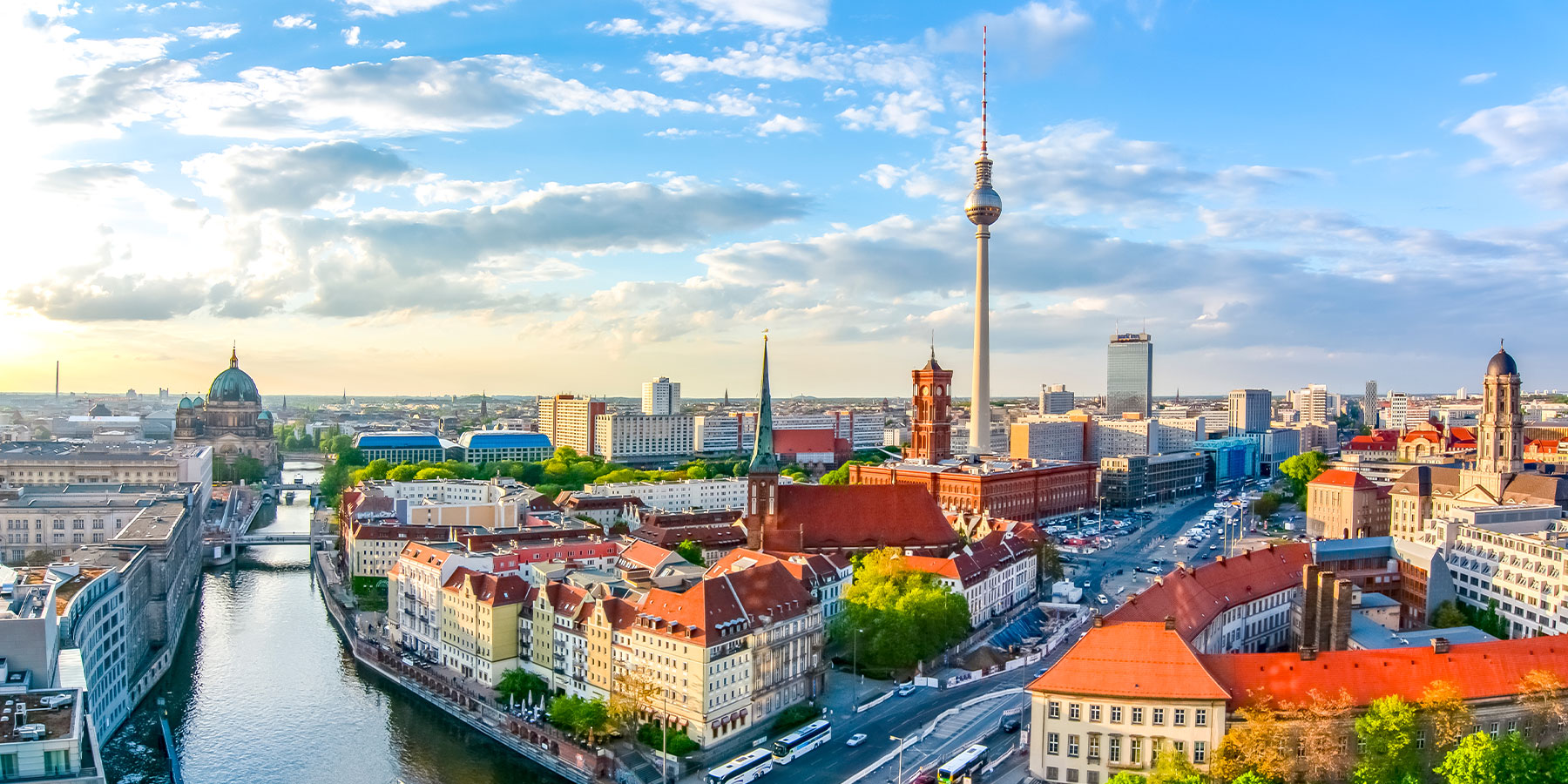

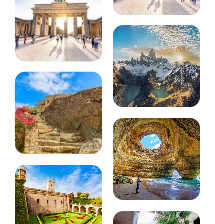

Comments